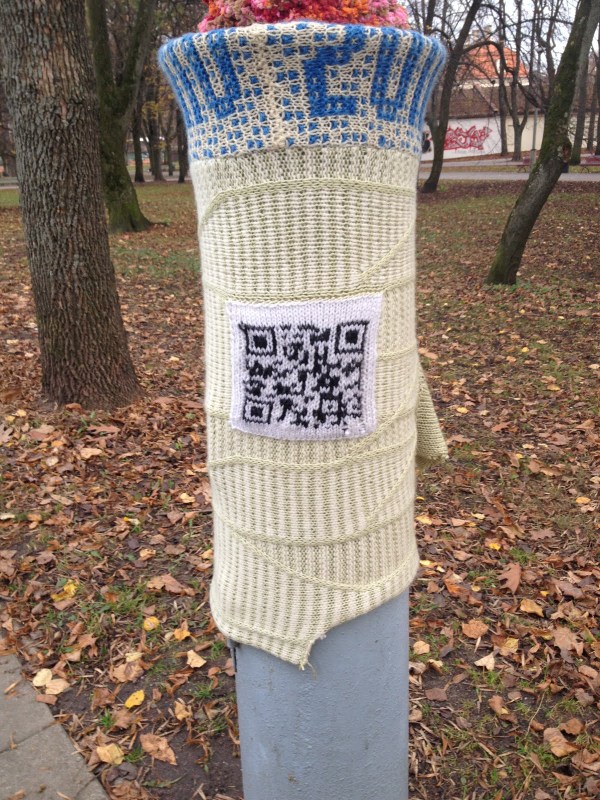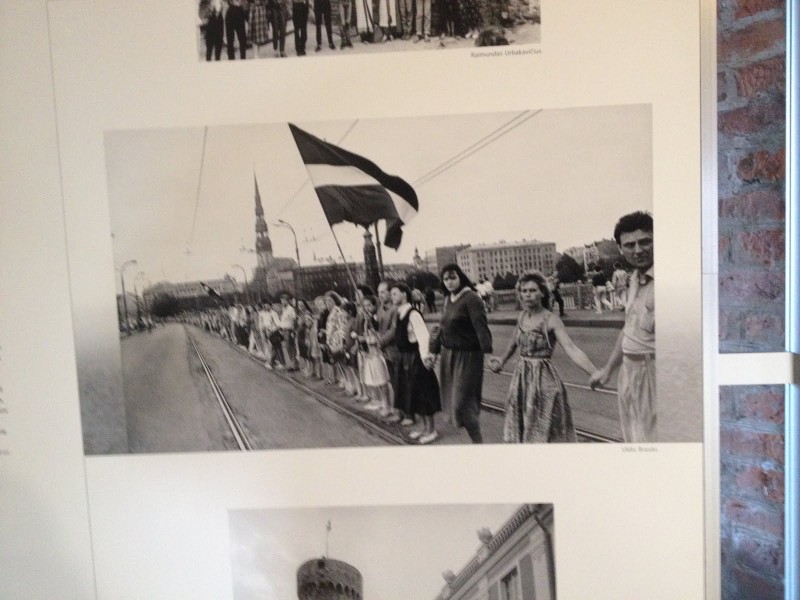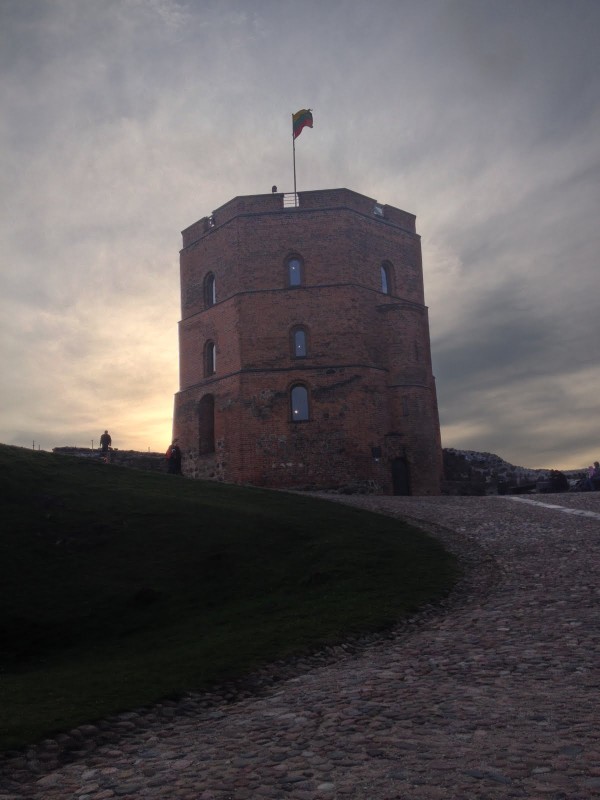11/11/2013
The Baltic Way
Recently back from two fascinating days in Vilnius, capital of Lithuania.
I was the guest of the Lithuanian government at a conference ‘Urban Development of European Cities – Foundation for National Economies’. For this I must offer my sincere thanks to our colleague and friend Jim McGeever of consultancy UAB TAEM URBANISTAI in Vilnius.
Like many first-time visitors I was immediately struck by the beauty of the city’s inner core, but also by the way that the wider conurbation sprawls. This, I was informed by an architect to whom I chatted in the bus queue at Liverpool Street, is a feature of many former Soviet cities, and – while it allows considerable greenness between buildings – it probably gives an artificial impression about their prosperity. While high-end retailers such as Armani are everywhere apparent in the Old Town, the residential areas of the city may offer a different proposition. In this brief visit, I never had the chance to find out.
The conference gave an interesting snapshot of the placemaking and place management challenges for a place like Vilnius:
• There was a lot about leveraging private sector investment through mechanisms such as BIDs and PFIs. (The UK – for better or worse – is Europe’s market leader in PFI.)
• There were two interesting addresses from French speakers, both of which called for a less ‘top down’ approach to renewing and rebuilding social housing stock, as well as lifting the image of places with bad reputations. Very interesting in the context of our work in Wales
• There were two impassioned papers on the need to make sure that existing housing stock is made more energy efficient.
• There were several papers on how cities (both in residential and commercial quarters) can be made more liveable with case studies from Graz, Rotterdam and the City of London. In every case the removal of traffic was a key ingredient.
• There was a compelling case study from Prague about how tall buildings can be integrated into a city around a historic (and UNESCO-protected) core, utilising digital mapping.
That this was not ‘just another conference’ was reinforced by the quality and passion of the people tasked with implementing change. Sitting with the City Architect and planners of Vilnius at the conference dinner, I discovered that their training – under the Soviet administration – had been ‘as good as it gets’. They joked with the Czech architect that the Vilnius practitioners were sent to Prague for their real-life experience, and vice versa, so both parties knew each others’ cities (and their beers!) well. On a personal level I rediscovered the passion for conversation that was and is a feature of life in Eastern Europe.
With the conference ended I was able to indulge in some sightseeing. I came away with two abiding memories. The first was the ‘guerilla knitting’ that is everywhere in evidence on street furniture, notably lamp posts. I have no idea how this happens, but it adds a marvelously quirky touch to some already lovely public spaces. The second was the exhibition on the second floor of the Gediminas Tower. It celebrated ‘The Baltic Way’, the occasion in 1989 upon which up to 2m people joined hands across the three Baltic states to call for independence. I found the extraordinary photos deeply moving, and wondered whether my compatriots in the UK could ever be galvanised into a powerful symbolic action such as this.

Hand-knitted QR code in K. Skirpos al.

Photo of a photo in the Gediminas Tower exhibition: The Baltic Way

Gediminas Tower, late afternoon
